Lyttos (until 1987 known as Xidas) is a village in the Municipality of Minoa Pediada, Heraklion regional unit, Crete, Greece. It is located at an altitude of 510 meters on the southern slopes of the hill where the ancient city of Lyttos once stood. The village offers panoramic views of the surrounding landscape, with the Lasithi mountains to the east.
The main occupation of the residents is olive cultivation. The village has a primary school and a youth center.
History
Ancient Lyttos: Lyttos was an important city in ancient Crete, possibly one of the oldest on the island. Archaeological evidence suggests that it flourished during the Minoan, Hellenistic, and Roman periods. According to Homer, Lyttos even sent troops to fight in the Trojan War. More recent excavations at the Acropolis of Smari, with findings from the Middle Minoan period onwards, confirm the significance of the area in ancient times.
Xidas: The name “Xidas,” which the village was known by until 1987, is believed to be derived from the first settler, who was likely involved in the production or sale of vinegar (“xidi” in Greek). In the 1583 Venetian census of Castrophylacas, the village is recorded as “Xidá” with 221 inhabitants.
1841 Revolt: During the Cretan revolt of 1841 against Ottoman rule, a fierce battle took place in Xidas between Greek rebels and Ottoman forces.
Landmarks
- Archaeological Site of Lyttos: The ruins of ancient Lyttos are located on a hilltop (656 meters) northeast of the village. Visible remains include foundations of significant buildings and a large section of a Roman aqueduct.
- Church of the Holy Cross: A 17th-century church built on the ruins of the ancient city.
- Church of Agios Georgios: A 14th-century three-aisled basilica on the acropolis of ancient Lyttos.
- Churches in the Village:
- Church of Agios Charalambos, Agios Titos, and Osios Stylianos: A three-aisled church located at the entrance of the village. Its courtyard houses architectural fragments (capitals, inscriptions, and sculptures) from ancient Lyttos.
- Other Churches: Agios Georgios (on the ruins of ancient Lyttos), Estavromenos, Agios Nikolaos, and Agioi Anargyroi (possibly dating back to the 13th century).
- Tzeneralido Valley: A scenic valley west of Lyttos, with the “Tzeneralido” spring and the ruins of two old watermills.
- Church of Agios Nikolaos: A small church with rich frescoes from the 14th century.
Village Key Points
- Historical References:
- 14th-century document
- 1583 Venetian census of Castrophylacas as “Xidá” with 221 inhabitants.
- Location: Municipality of Minoa Pediada, Heraklion regional unit, Crete, Greece. 3 km from Kastelli, 39 km from Heraklion city.
- Altitude: 510 meters
- Historical Significance: Located near the ancient city of Lyttos, battle during the 1841 Cretan revolt.
- Population:
Year |
Population |
|---|---|
1583 |
221 |
2011 |
234 |
2021 |
225 |
- Current Status: Active village with a primarily agricultural economy.
Access
Roussochoria is 10.9 kilometers away from Arkalochori and 2 kilometers away from Kastelli













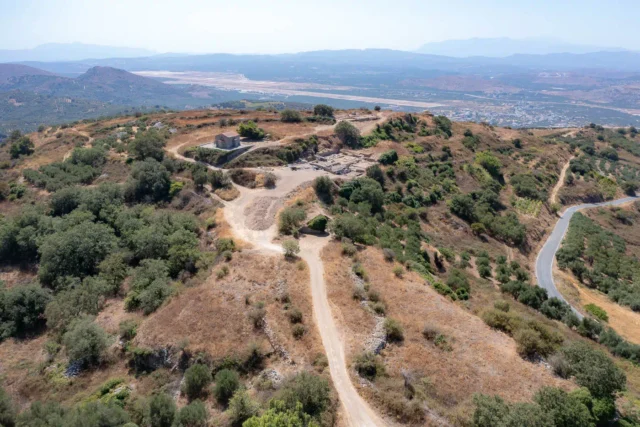



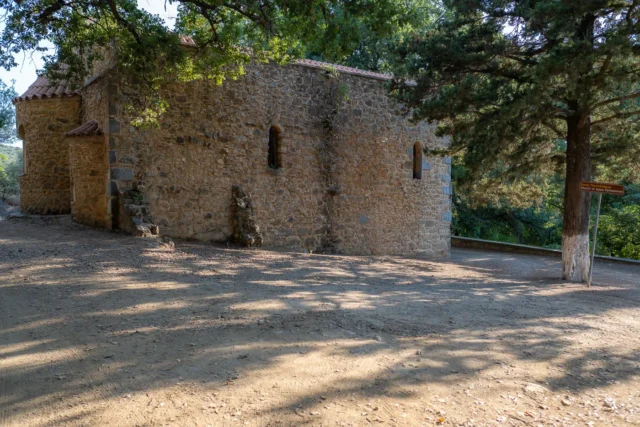


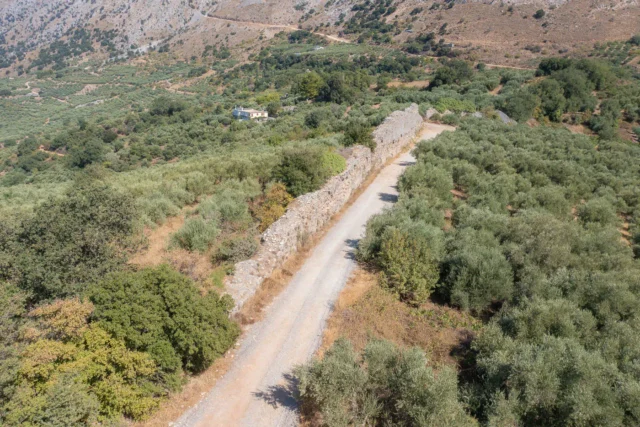
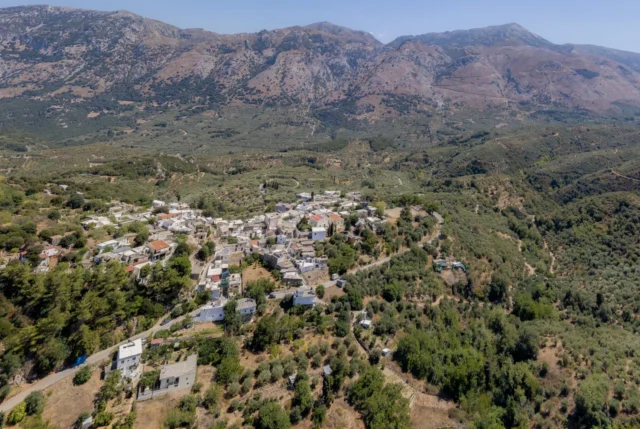


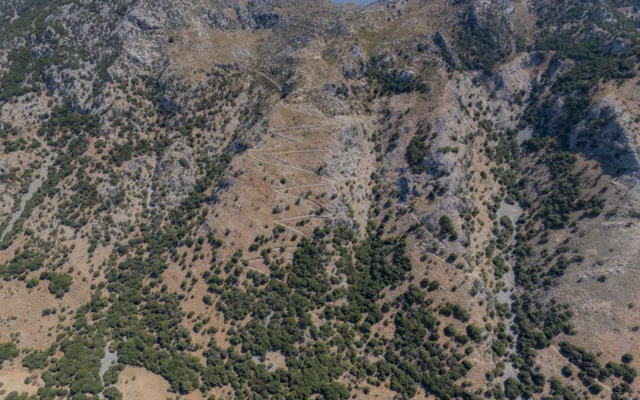

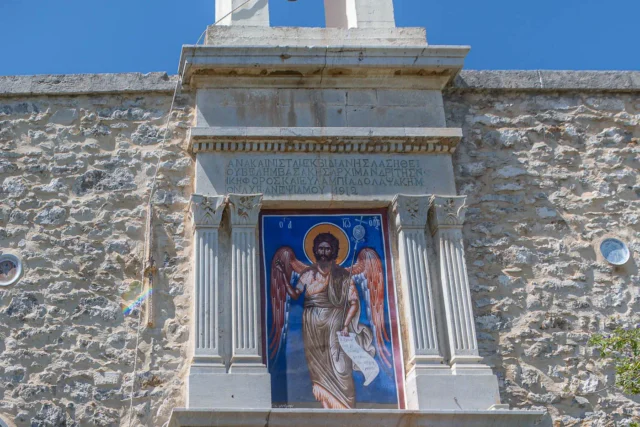
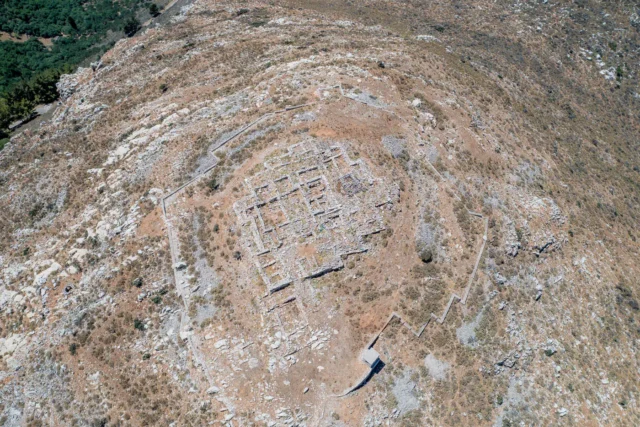
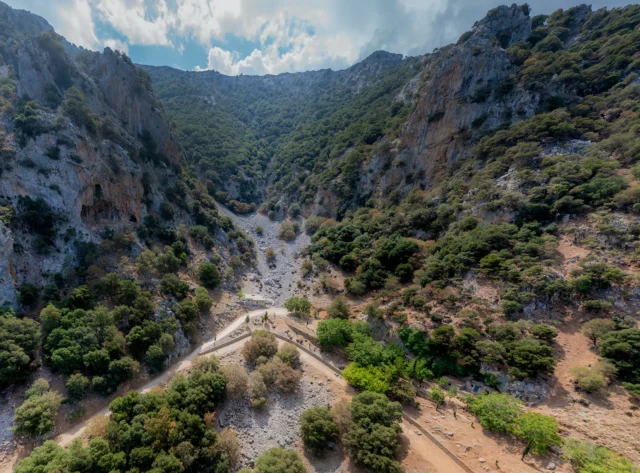
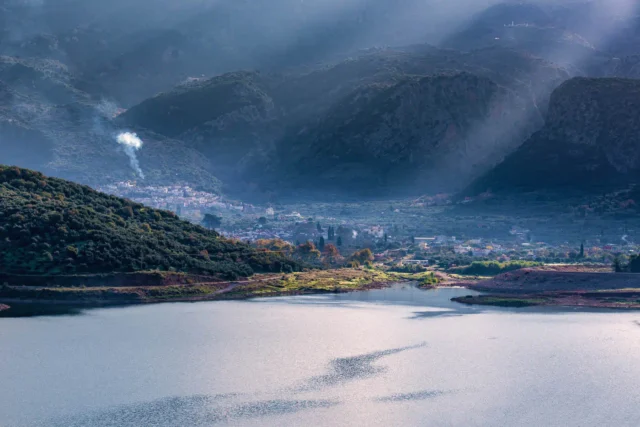
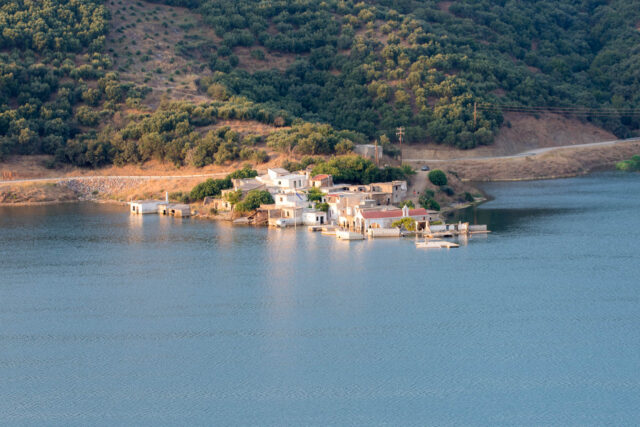
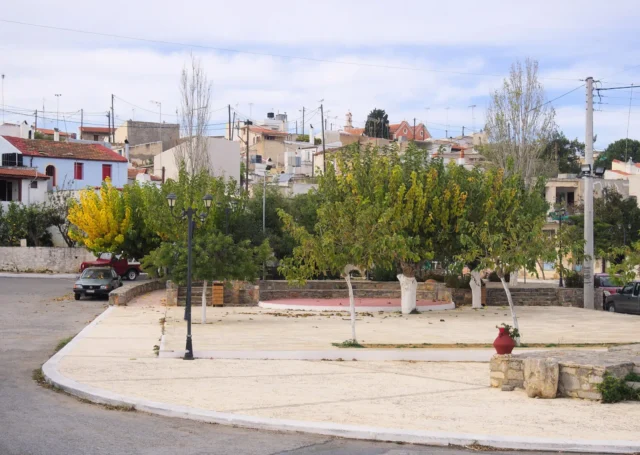

There are no comments yet.